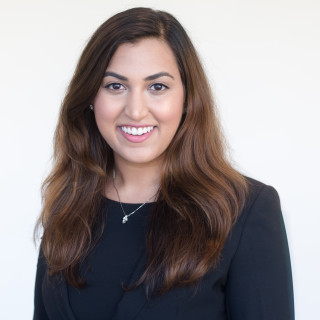
In the digital age of society where most young adults consume the news, share opinions, interact with friends, and store real-time experiences through the touch of a phone, the medical field seems a few steps behind. Throughout my medical school experience, textbooks and specialty guides are emphasized in each syllabus as cornerstones for understanding the basics of medicine. However, in the past five or so years, new resources have emerged such as Pathoma, SketchyMedical, Online MedEd, Firecracker, and Doctors in Training, with even more resources being created by new medical graduates.
In the pre-clinical years, studying for the USMLE Step 1 has evolved from relying on the Board Review Series, First Aid, and Goljan's Rapid Review Pathology to utilizing multimedia resources meant to reinforce core concepts more effectively throughout the preclinical years. Where textbooks and classroom-based teaching are standard, modern-age students gravitate towards content that can be revisited frequently and understood efficiently, with bonus points for easy access via mobile applications.
The shift to maximizing the potential of online and interactive resources has begun to translate into the third year medical student experience most prominently with Online MedEd. A series of hundreds of videos equip medical students with short digestible subject lectures and summary outlines to clarify complicated clinical principles. As students progress to sub-internships or focused clerkships, this type of content becomes somewhat limited. Often the most cited references for fourth years include a combination of pocket guides, Medscape, UptoDate, or textbook based clinical atlases.
When I consider procedural medicine, multifaceted step by step videos and clear interface for anatomical and clinical reasoning explanations have yet to be fully developed for a targeted medical student audience. There are a few websites aiming to serve this purpose such as GibLib and CSurgeries, as they attempt to capture common surgical operations with videos. Even with evolving surgical technology for minimally invasive techniques, robotic and laparoscopic surgeries have yet to be maximized for their benefits in surgical education. The ability to record procedures via a robotic case or to capture the progression of steps from a laparoscopic camera, it feels inevitable for this to be utilized for medical student surgical training. As such, I am eager for the time when surgical atlases can utilize such tools to clearly label anatomical structures and explain the important perioperative considerations and decision-making involved in each case. This learning format transformation can translate to an enhanced comprehensive understanding of the basics required in the fourth year curriculum.
Beyond two-dimensional lecture and video-based learning, the rising horizon appears to be exploring the capacities of virtual reality. Where cadaveric dissection can be mimicked by virtual reality, the next steps for modern medical education are within reach. Simulation sessions, clinical reasoning scenarios, and surgical landscapes can easily be recreated for medical student and resident education with further development of virtual reality software. The detailed textbook, though essential, can be easily reimagined in more impactful formats. This should be a welcome change in the next era of medicine where practice is constantly adjusting with new evidence. The "textbook" we know in medical school should be an evolving resource incorporating the nuances of changes in medical and surgical practice. In the millennial age, most medical students today lived with internet for a majority of their lives and have been early adopters of technology that has changed the way we interact personally and professionally with the world around us, the next horizon of medical education is highly anticipated.
Shree Agrawal is a fourth year medical student at Case Western Reserve University, where she also completed her bachelors of science degree in biology. She is passionate about research surrounding patient decision-making and is applying for urology residency this fall. Shree has recently completed a clinical research fellowship in genitourinary reconstruction at the Glickman Urological and Kidney Institute at Cleveland Clinic and currently blogs for Doximity and the Association of Women Surgeons. In her free time, she enjoys boxing, practicing yoga, and cooking. She is a 2018-2019 Doximity Author. Twitter: @ShreeAgrawal21







